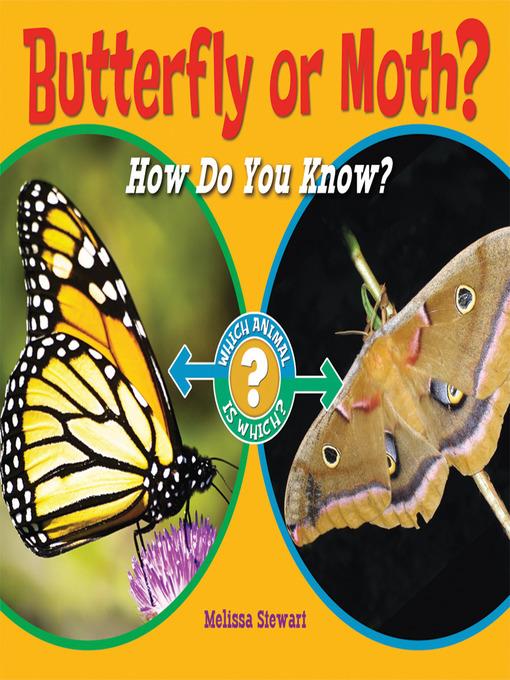
Butterfly or Moth?
How Do You Know?
فرمت کتاب
ebook
تاریخ انتشار
2013
Lexile Score
500
Reading Level
0-2
ATOS
2.2
Interest Level
K-3(LG)
نویسنده
Melissa Stewartشابک
9781464504389
کتاب های مرتبط
- اطلاعات
- نقد و بررسی
- دیدگاه کاربران
نقد و بررسی

April 1, 2011
Gr 2-3-Though not particularly helpful for quick identification-"Most butterflies fly during the day," while "Most moths fly at night," is a characteristic distinction-these dual profiles of common creatures should give budding naturalists an increased understanding of how scientists use appearance and behavior to classify sometimes-similar living things, along with introducing important terms like "cephalothorax" and "chrysalis." Spreads feature sharply detailed paired photographs of identified specimens seen from the same angle and at roughly equal size (i.e., not always to scale), with accompanying explanatory statements. The highlighted differences are then recapped on a single spread, and every book closes with a salient and potentially surprising new fact about each type of animal. Consider these books to lay groundwork for nature expeditions and for later studies of taxonomy.
Copyright 2011 School Library Journal, LLC Used with permission.

April 1, 2011
Preschool-G This clearly written volume lays out the differences between butterflies and moths in double-page spreads that allow readers to compare the characteristics of the two animals. Each spread features a pair of photos, with a butterfly on the left and a moth on the right. The heading points out one significant difference, such as Closed or Open? The precisely worded, informative text is brief but does not simplify the facts. For example, while making the general point that butterflies rest with wings closed and moths with wings open, Stewart also notes an exception: On cool mornings, a butterfly spreads its wings to soak up sunlight. Captions identify each species shown in the highly magnified, color photos. Well designed for its purpose, this book from the Which Animal Is Which? series will be a useful addition to classroom units and a rewarding science book to share with young children.(Reprinted with permission of Booklist, copyright 2011, American Library Association.)

























دیدگاه کاربران